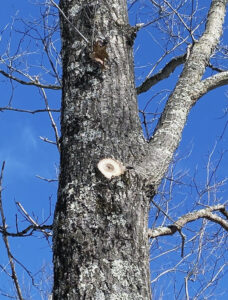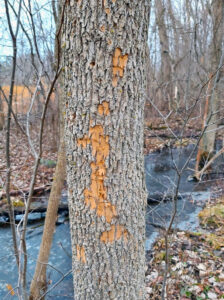By Dan Buckler, DNR Urban Forest Assessment Specialist
Daniel.Buckler@wisconsin.gov or 608-445-4578
Trees work in mysterious ways, and, for some users, so does i-Tree. The suite of software, developed by the USDA Forest Service and Davey Tree Expert Company, can, among other things, calculate the societal benefits of trees. Below, I try to summarize and demystify some of these estimates of ecosystem services, a somewhat sterile term for some of the cool things trees do for society and the wider environment.
Because the benefits identified in i-Tree only scratch the surface of trees’ importance to one’s community, it could be problematic and limiting if estimates from i-Tree are solely relied on to justify the investment in tree preservation, maintenance or planting. Nonetheless, these estimates help tell the story of the good work trees do in our communities. Continue reading “A Hopefully Not-Too-Deep Look Into i-Tree Benefits”

 The Wisconsin Arborist Association (WAA) and the Wisconsin Department of Natural Resources (DNR)’s Urban Forestry program cohosted their annual conference on Feb. 16-18 in Green Bay. One of the preeminent events in arboriculture and urban forestry, the gathering brought together hundreds of people from the private, public, nonprofit and academic sectors to network and share knowledge about urban forest management.
The Wisconsin Arborist Association (WAA) and the Wisconsin Department of Natural Resources (DNR)’s Urban Forestry program cohosted their annual conference on Feb. 16-18 in Green Bay. One of the preeminent events in arboriculture and urban forestry, the gathering brought together hundreds of people from the private, public, nonprofit and academic sectors to network and share knowledge about urban forest management.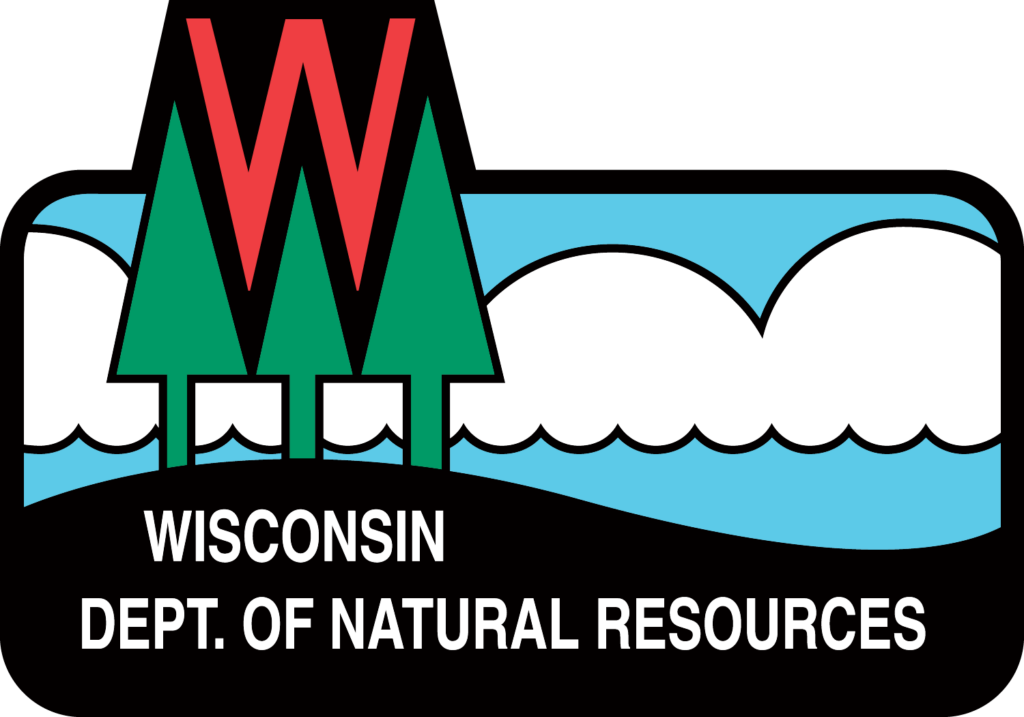 This year was a record-breaker: 946 attendees, the highest mark ever. Data was also compiled regarding organizational affiliations of attendees this year.
This year was a record-breaker: 946 attendees, the highest mark ever. Data was also compiled regarding organizational affiliations of attendees this year. 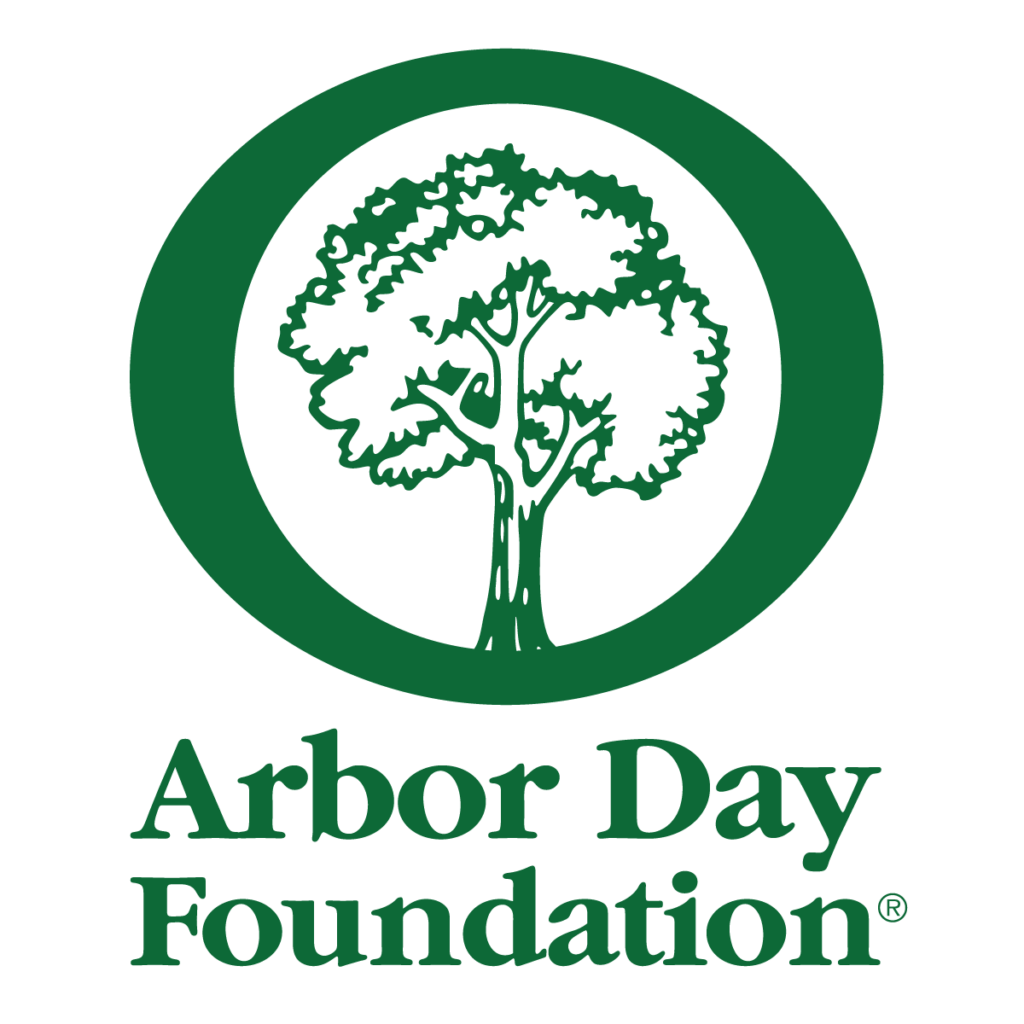 The Arbor Day Foundation is asking for presentation proposals for its annual conference on Nov. 18-19 in Henderson, Nevada. You can play a key role in making the Partners in Community Forestry Conference and Alliance for Community Trees Day even more impactful by sharing your expertise, innovative programs, and the incredible work you’re doing in urban and community forestry with fellow professionals from across the nation.
The Arbor Day Foundation is asking for presentation proposals for its annual conference on Nov. 18-19 in Henderson, Nevada. You can play a key role in making the Partners in Community Forestry Conference and Alliance for Community Trees Day even more impactful by sharing your expertise, innovative programs, and the incredible work you’re doing in urban and community forestry with fellow professionals from across the nation. 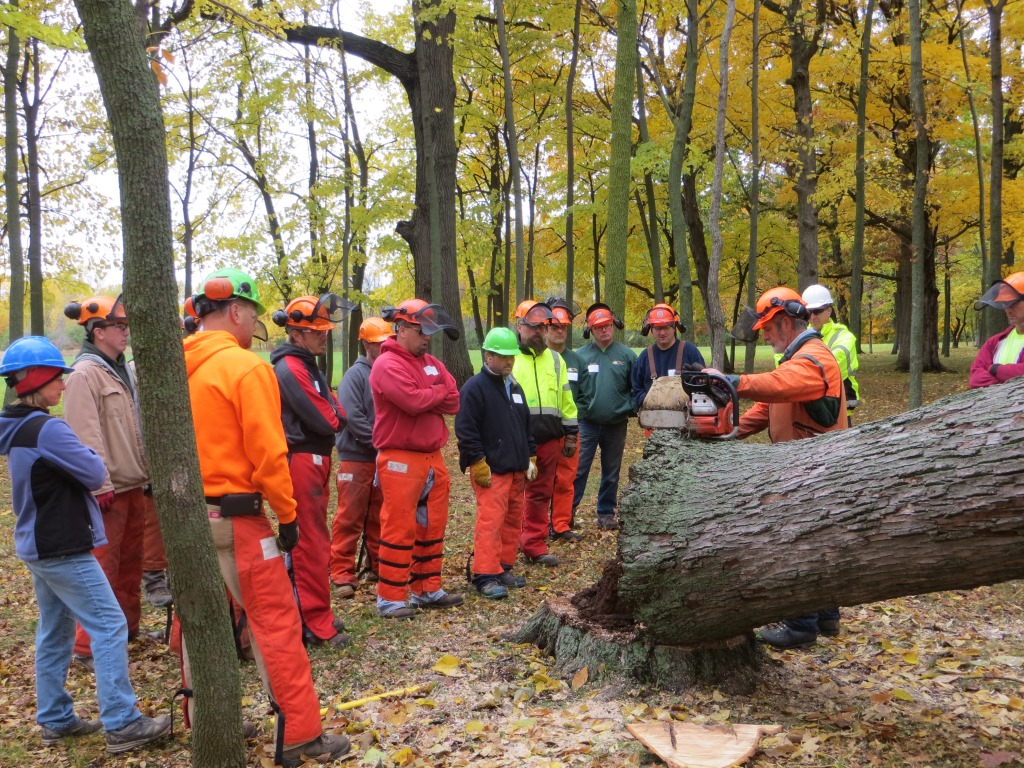 *These training opportunities are provided as an information service only and do not constitute an endorsement from the Wisconsin Department of Natural Resources (DNR).
*These training opportunities are provided as an information service only and do not constitute an endorsement from the Wisconsin Department of Natural Resources (DNR).
